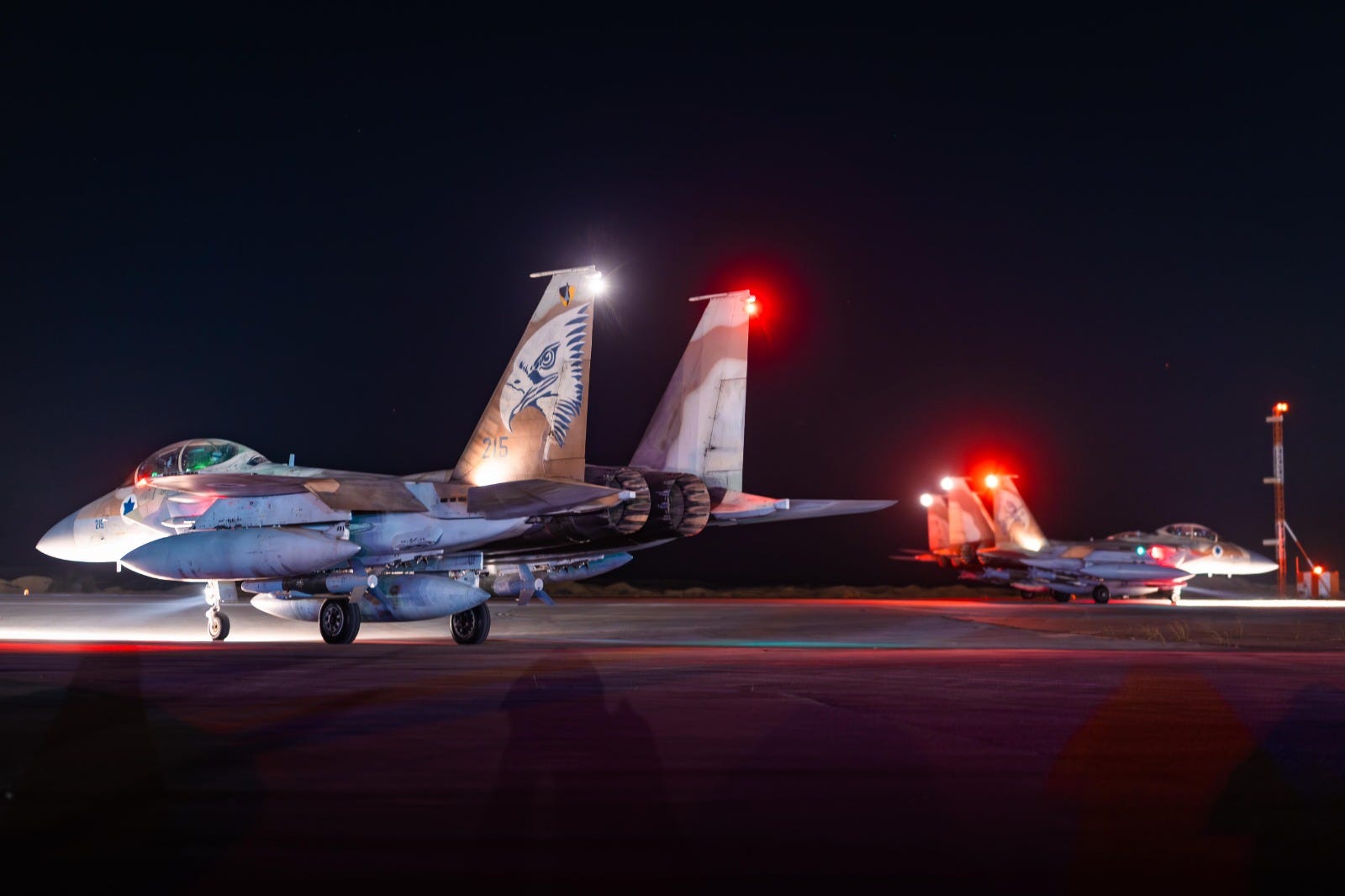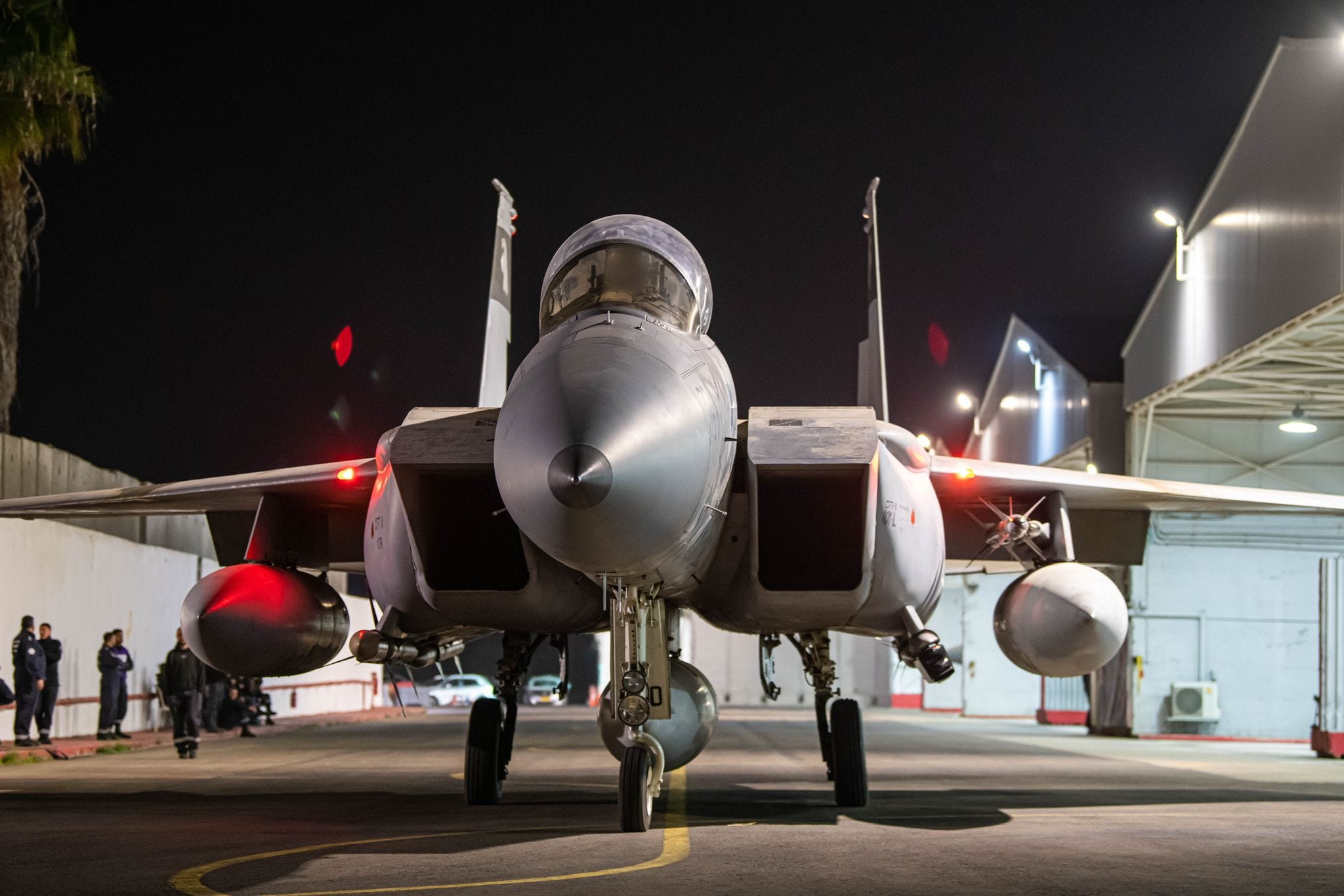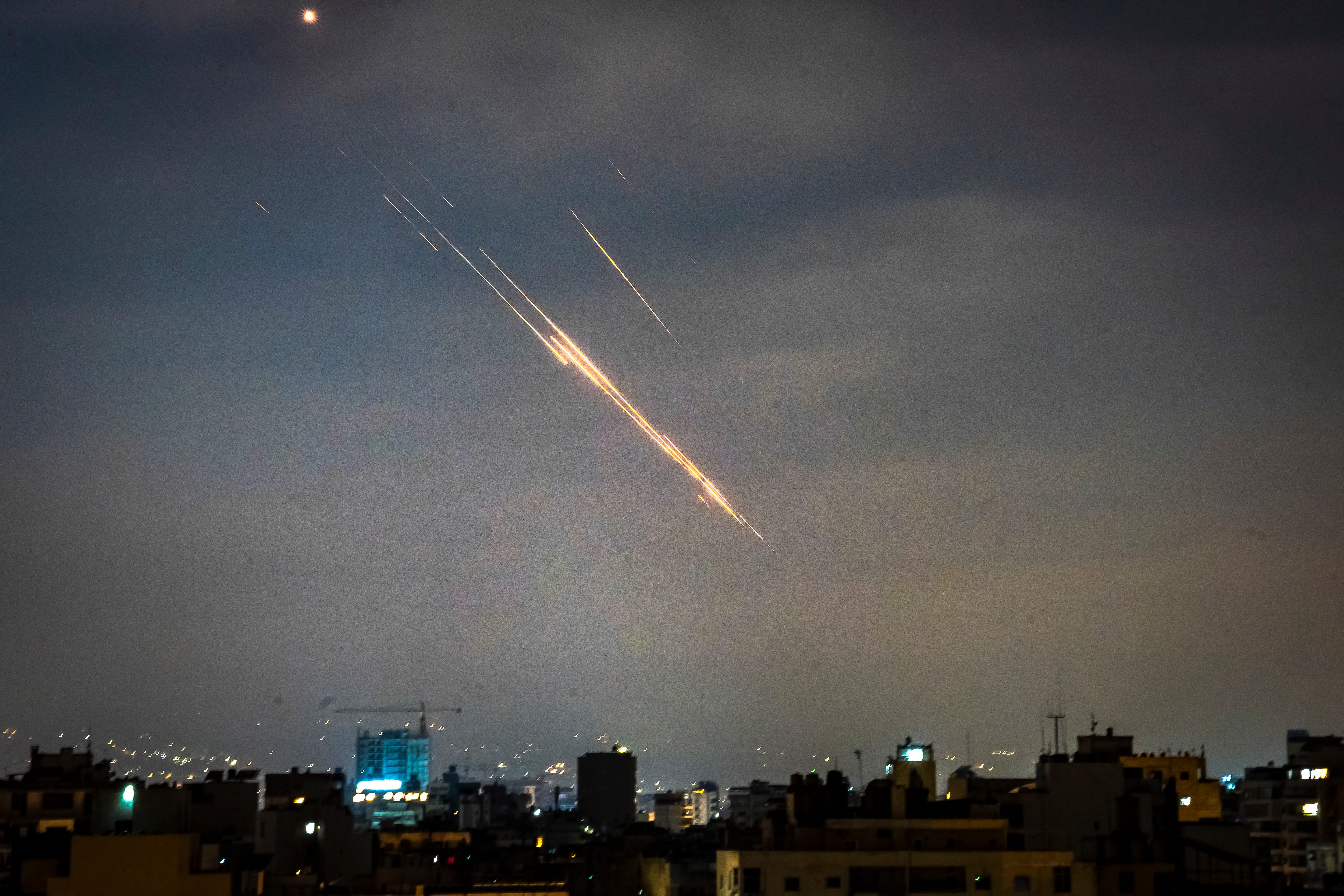
Israel Defense Forces
Israel has been pummeling Iran’s arsenal of air defenses, hitting air bases and knocking out its missiles to open the airspace up for further strikes.
Targeting enemy surface-to-air missiles to secure air superiority is a critical early move in an air war like Israel’s, where the primary objective is to bomb the enemy’s combat capabilities, comprehensively degrading its ability to fight.
It’s a tactic known as suppression and destruction of enemy air defenses. Israel was instrumental in advancing this type of warfare after failure taught a hard lesson in the 70s. In the decades since, it has executed it against foes repeatedly.
Last week, the Israeli military launched “Operation Rising Lion, “a combat operation aimed at destroying Iran’s nuclear program, as well as severely degrading its military capabilities, including ballistic missile programs and air defenses. Israel’s armed forces have targeted military leaders and critical defensive capabilities as well.
The air campaign has seen the Israeli Air Force strike Iranian surface-to-air missile assets and other targets, heavily weakening Iran’s ability to maintain control over its skies. Earlier this week, the Israeli Air Force said its bombing runs from fighter jets like F-35Is, F-16s, and F-15s had given it air superiority over large areas of Iran, including the capital Tehran.

Israel Defense Forces/Screengrab via Telegram
The unique, fifth-generation F-35 Adirs of the Israeli Air Force are, despite limited information on their activities, believed to have played a critical role in the operations against Iran, as this is exactly what the jets were made for: penetrating contested air to weaken enemy defenses.
The Israeli military said recently that it had destroyed more than 70 Iranian air-defense batteries, weapons armed with surface-to-air missiles. Destroying those enemy air defenses is widely seen as absolutely imperative in modern air campaigns, Douglas Birkey, the executive director of the Mitchell Institute for Aerospace Studies, said. “The ability to access their domain unfettered is fundamental to really be able to fight competently.”
Crippling enemy’s air defenses to clear the way for an air war is a tactic that stems from lessons learned from Israel’s failures in the Yom Kippur War in 1973 and US experiences in Vietnam.
During its war, Israel lost 102 aircraft in the fight, many to enemy surface-to-air missile batteries. The losses spurred the development of strategies focused on suppressing enemy air defenses and destroying them.
Israel masterfully demonstrated the tactic during Operation Mole Cricket 19, an operation carried out during the 1982 Lebanon War. The Syrian military had fortified eastern Lebanon with sophisticated Soviet-supplied air defense systems, effectively turning Beqaa Valley into a no-fly zone filled with surface-to-air missiles.

Israel Defense Forces
Israel broke the enemy air defense network with decoys and deception, electronic warfare, and precision air strikes. It didn’t even have the stealth aircraft it has today. The strikes on the SAM batteries cleared the way for Israeli F-15s and F-16s to break through and dominate the skies, destroying dozens of hostile fighters.
Western militaries studied the Israeli operation’s success, as no other military had ever done anything quite like that. In the early 1990s, the US employed the tactic in Operation Desert Storm, breaking open Iraq’s skies for more permissive combat operations with air cover, and then, NATO’s forces did the same in Serbia a little later that same decade.
Eliminating enemy air defenses can rely on high-cost, specialized weapons able to target hidden, high-value air defense radars, explained Patrycja Bazylczyk, a program manager and research associate with the Missile Defense Project at the Center for Strategic and International Studies. These include systems like anti-radition missiles.
“By leveraging intelligence-gathering and pre-positioned drones within Iranian territory to target air defense assets, Israel underscores how low-cost drones can impose outsized losses on Iranian long-range strike capabilities,” she added. Indeed, this kind of reconnaissance was key in Beqaa Valley as well.

Photo by NAEL CHAHINE/Middle East Images/AFP via Getty Images
There are few details on Israel’s operation beyond targets eliminated, but Birkey said its assault on Iran’s air defenses likely included broad array of effects employed simultaneously.
“That might include cyberattacks to bring down networks that could control command and control. It might be electronic warfare to jam certain radars and other communications means,” he said.
It could involve high-end standoff missiles, stealth aircraft, and drones, too. Taking out enemy air defense batteries is a fast, complex operation that requires insight into how the enemy thinks and operates, as well as detailed mapping out of which targets need to be hit with what and when.
Now, with more control over Iran’s skies, “Israeli aircraft and drones can go after military targets like a fish in a barrel,” Bazylczyk said.
Like Israel’s experiences during the Yom Kippur War, the importance of the suppression and destruction of enemy air defenses mission isn’t only seen in victories, but also failures as well.
Russia’s failures in the Ukraine war to wipe out enemy air defenses cost the Russian Air Force air superiority, preventing a quicker resolution, as Russian air assets have been largely unable to provide critical close air support for ground forces. It’s led instead to a grinding war of attrition in which both sides are locked in something of a stalemate, burning through artillery, weapons, and soldiers.

Israel Defense Forces.
Israel’s current campaign against Iran comes on the heels of strikes against Iranian defensive capabilities last fall. Its main targets are related to Iran’s nuclear program, which Tehran has said is for civilian purposes, although enrichment levels and secretive nuclear activity have raised concerns in the West.
US President Donald Trump has repeatedly said that Iran cannot be allowed to develop a nuclear weapon, and in recent days has increased rhetoric against Iran and its leadership. The US claims it wasn’t involved in Israel’s initial attacks, but Trump has signaled that he is now mulling a decision on US strikes against Iran. He has opened a two-week negotiating window.
In the meantime, the US Navy has warships, including an aircraft carrier and several surface ships, stationed in and around the Middle East. Some of these assets have provided air defense for Israel, helping shield it from retaliatory Iranian missile strikes.
The post Wiping out surface-to-air missiles is how you win a modern air war — and Israel’s gotten very good at it appeared first on Business Insider.




